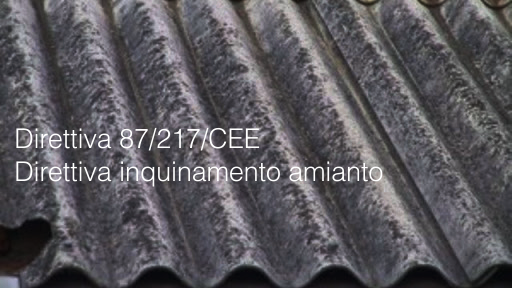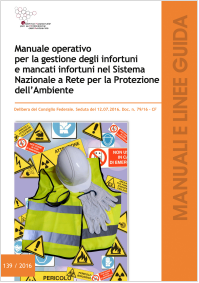Direttiva 87/217/CEE
- 0

Direttiva 87/217/CEE
Direttiva 87/217/CEE del Consiglio del 19 marzo 1987 concernente la prevenzione e la riduzione dell'inquinamento dell'ambiente causato dell'amianto
(GU L 85 del 28.3.1987)
...

Direttiva 87/217/CEE del Consiglio del 19 marzo 1987 concernente la prevenzione e la riduzione dell'inquinamento dell'ambiente causato dell'amianto
(GU L 85 del 28.3.1987)
...
ID 16518 | 29.04.2022 / Circolare in allegato
Tempistiche di notifica provvedimenti di sospensione e di cancellazione per mancato vers...

Manuale operativo per la gestione degli infortuni e dei mancati infortuni nel Sistema Nazionale a rete per la Protezione dell'A...
Testata editoriale iscritta al n. 22/2024 del registro periodici della cancelleria del Tribunale di Perugia in data 19.11.2024